Studio dispatches from ‘Sites Unseen’
ESALA
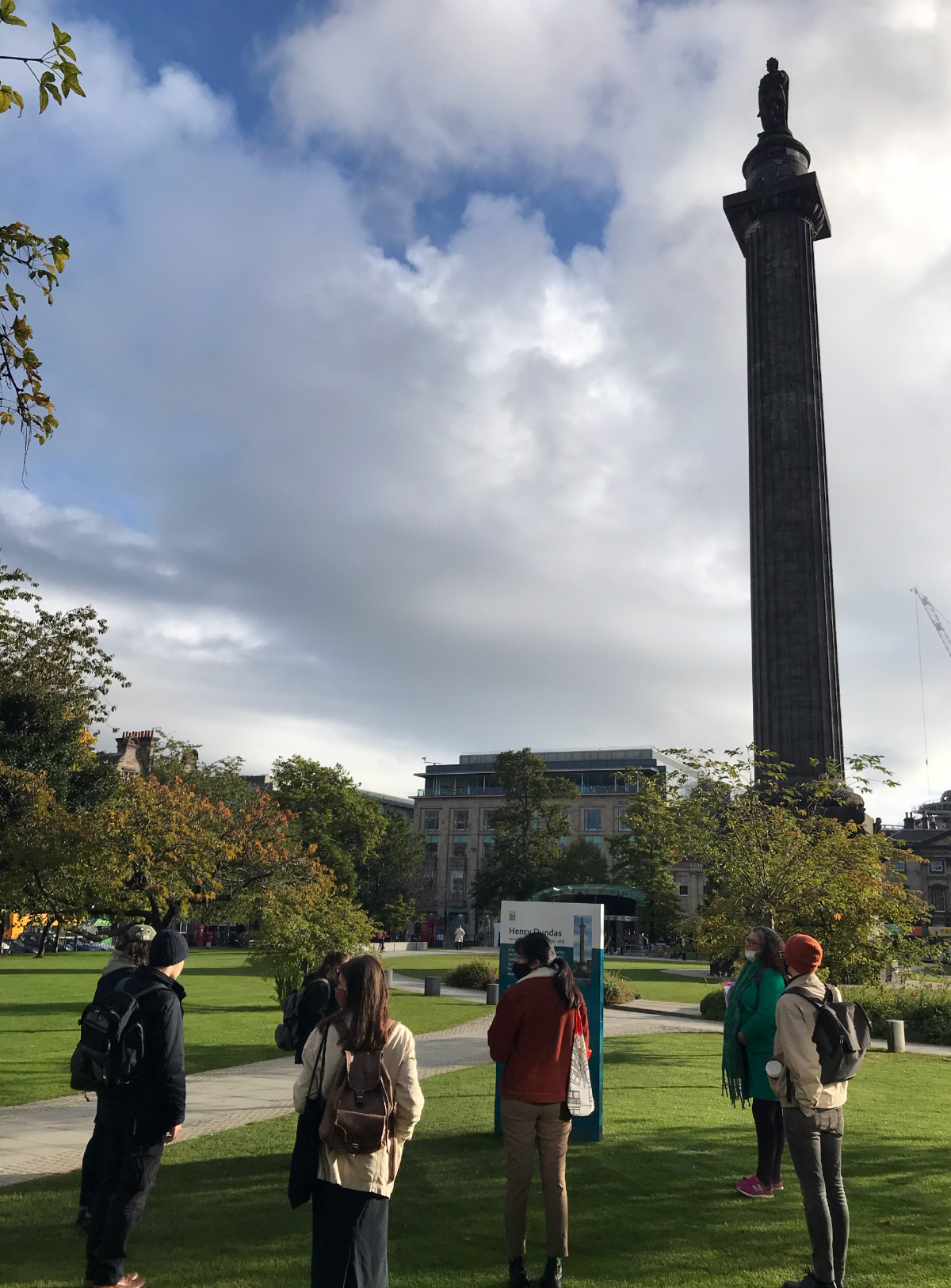
Above Image: Field trip taking the Edinburgh Slavery tour, with Lisa Williams - Sept 2020
Sites Unseen was a third-year studio devised by Killian Doherty, co-taught with Nick Mols, at ESALA in Autumn of 2020. The studio was pre-occupied with Europe’s obscured colonial histories, that reside within the material and laboured makings of some of Scotland’s prominent neo-classical monuments – sites inhabited by the BLM Movement over the summer of 2020.
The unit brief asked students to chart these unseen colonial pasts by re-surveying several of Scotland's neo-classical ‘architectural’ monuments and to geographically connect them to resource extraction and slavery, past and present. Design was wielded as a tool to de-commission and re-configure these monuments into places to speculate how colonialism lies at the intersection of racial and environmental injustices, and in anticipation of the future. Guest critics included Ana Betancour, WAI Think Tank, Penny Travolou, Francisa Lima and Sumayya Vally.
This Unit indirectly provided a safe-space for students to discuss experiences of discrimination, that shed light on particular blind spots within architectural education and the profession. Below are projects and reflections by students.
Decommissioning Dundas
By Kaitlin Smith, Jakub Prusak and Xinyi Lu
The Decommissioning of Dundas is an explorative design project that sheds light on the dark histories associated with St Andrews Square and its deep-rooted connection to the great tyrant, Henry Dundas. The project’s research followed the colonial influence of the Dundas Family across time and place, uncovering a trail of exploitation. This exploitation spread from the maltreatment of quarry workers during Edinburgh’s Enlightenment period to the exploitation of the environment in the modern-day goldfields of Western Australia.
The project required deep analysis of the past, following threads of history usually obscured from the forefront of public knowledge. The search for a fuller comprehension of the site taught us the importance of our roles as storytellers. Thus, a narrative was formed through the research phase, telling a story of the material world associated with St Andrews Square and the Dundas family legacy. We would come to relay this narrative through our design proposal so that those who experience the space may begin to remap their understanding of place.
Our proposal transforms St Andrews Square into a lush urban landscape. On the one hand, excavated ground at the heart of the square symbolises the void that human intervention have left on landscapes across the world. On the other, quarrying becomes a method to re-wild and create a new urban public nature of grassy meadows and flora. The excavated earth is used to form useable sculpted slopes and monolithic towers symbolic of the manmade tailing wastes found across Scotland. In the end, the proposal becomes a gesture towards regrowth, a place where people and nature can thrive together as we face the future.
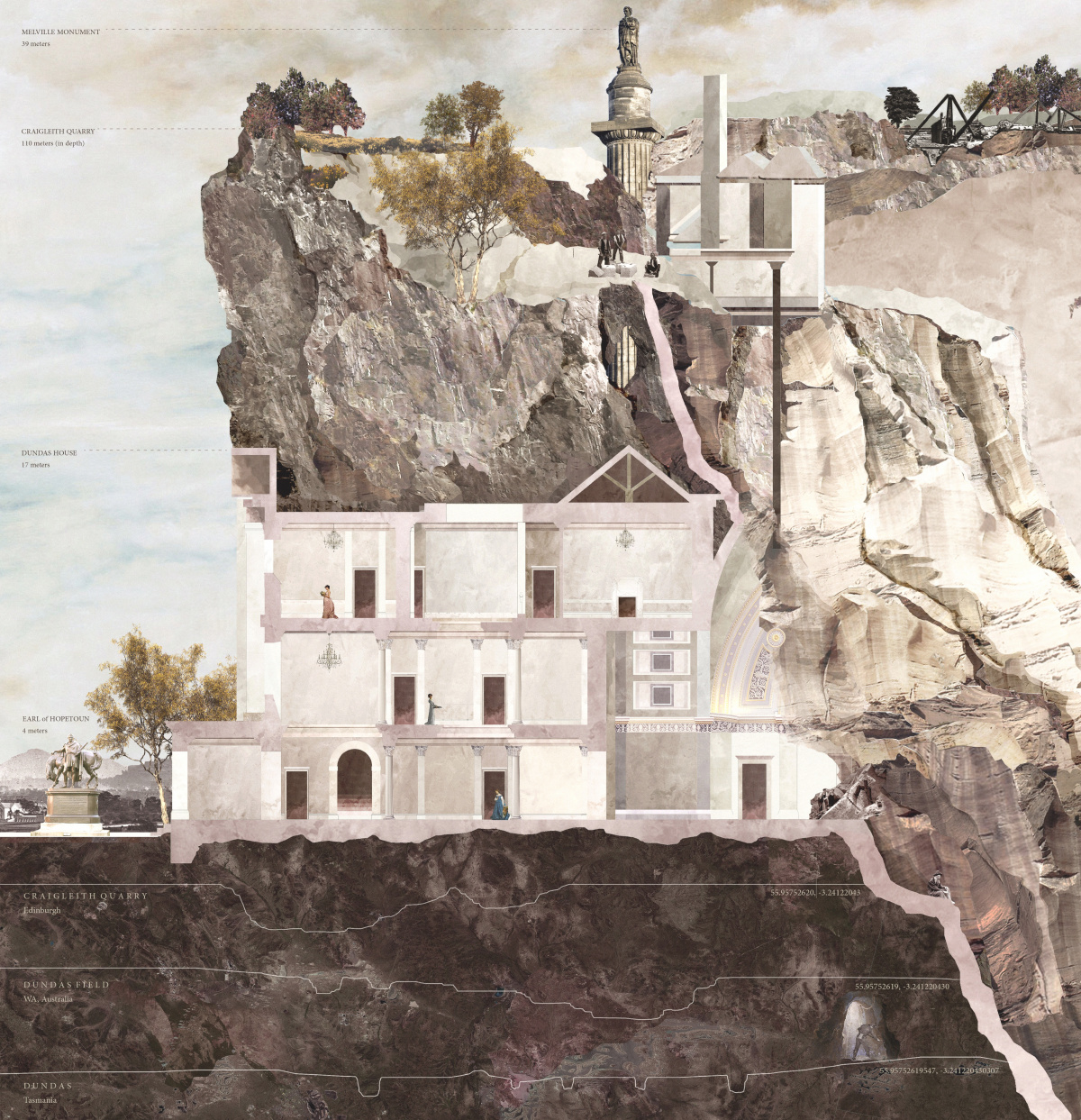
The Quarried City
Drawing of Dundas House by Kaitlin Smith, Jakub Prusak and Xinyi Lu
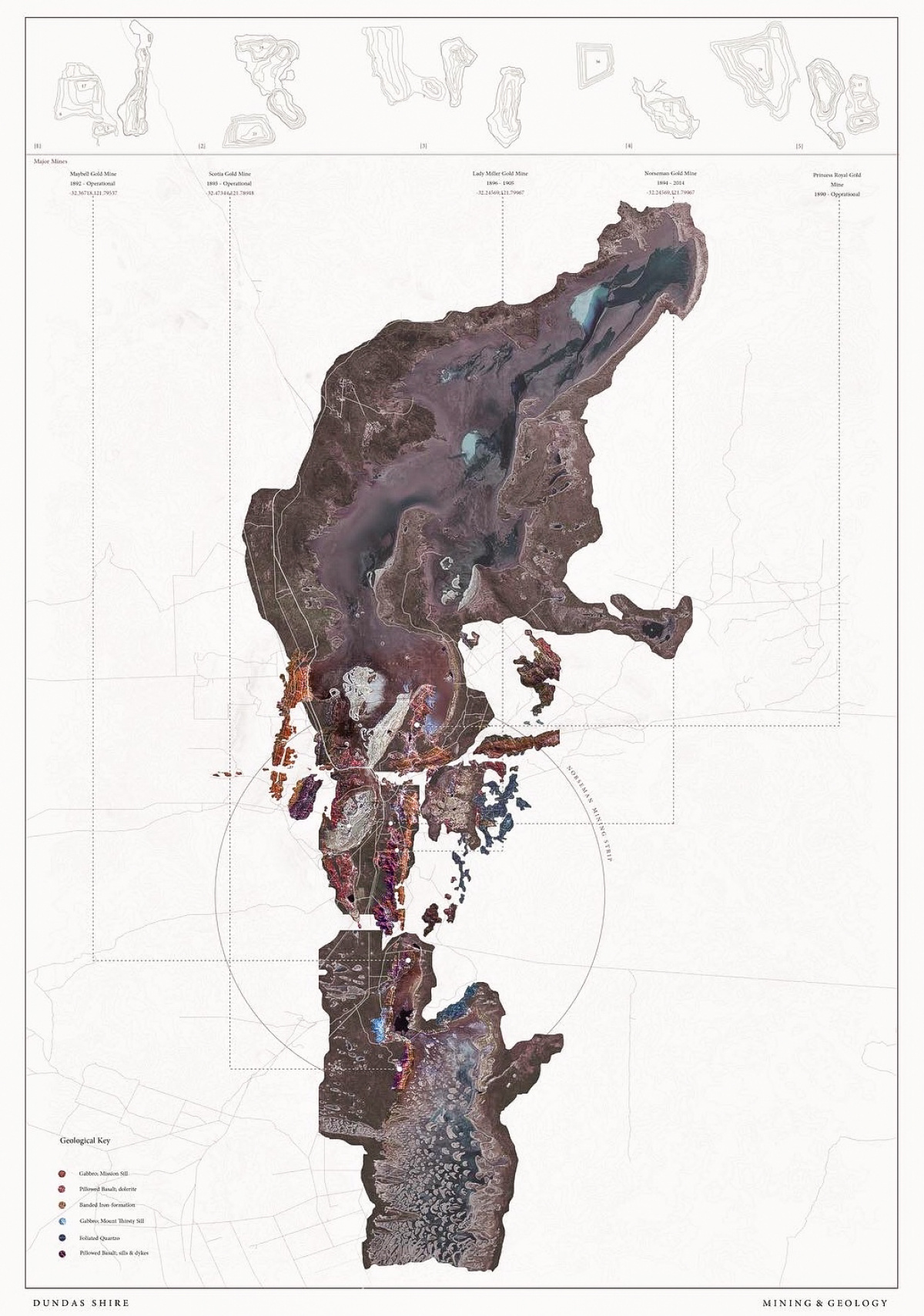
The Dundas Legacy
Drawing of Gold Mining Western Australia, Kaitlin Smith, Jakub Prusak and Xinyi Lu
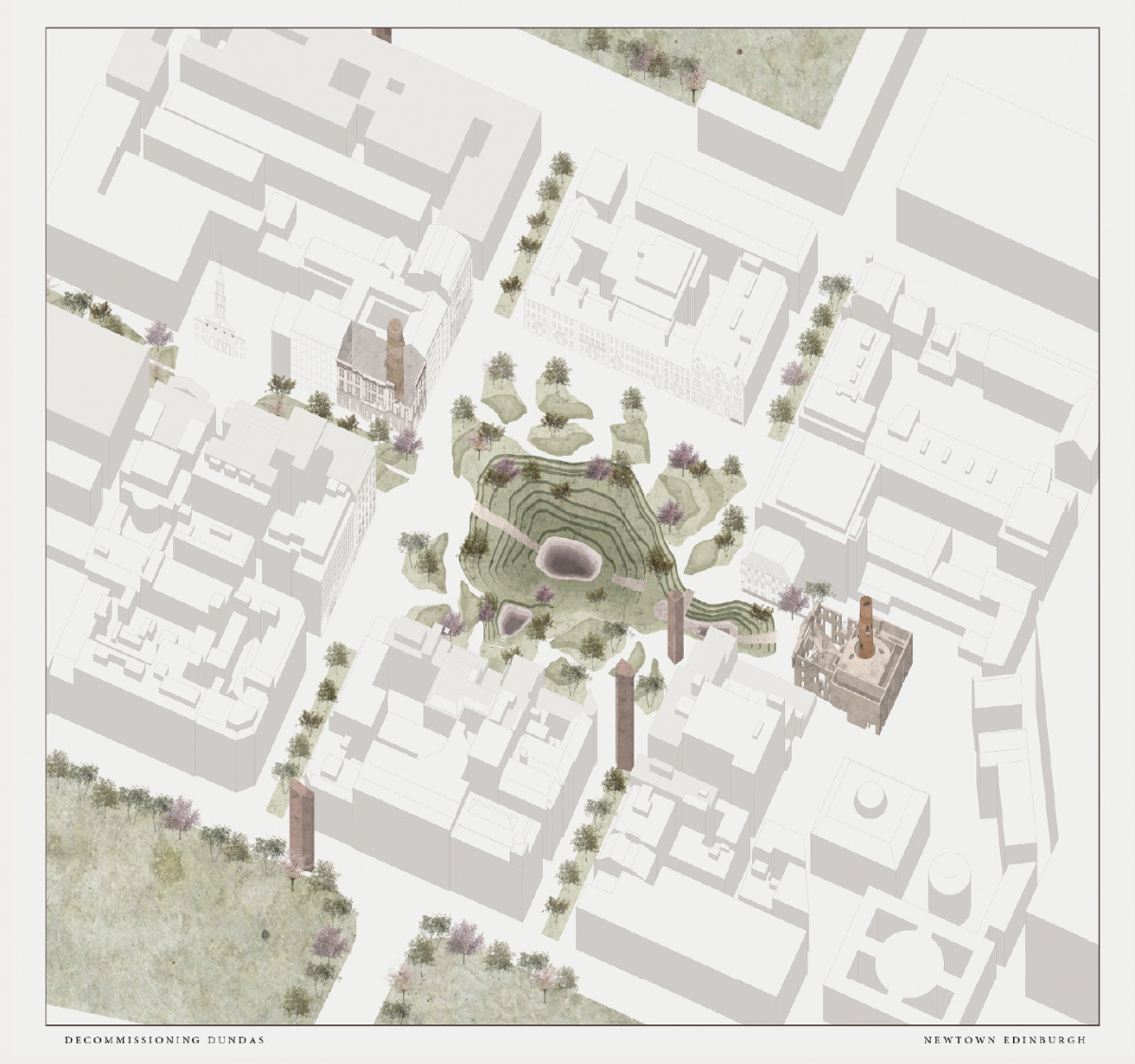
Site plan for New St Andrews Square
Kaitlin Smith, Jakub Prusak and Xinyi Lu

Section for New St Andrews Square
Kaitlin Smith, Jakub Prusak and Xinyi Lu
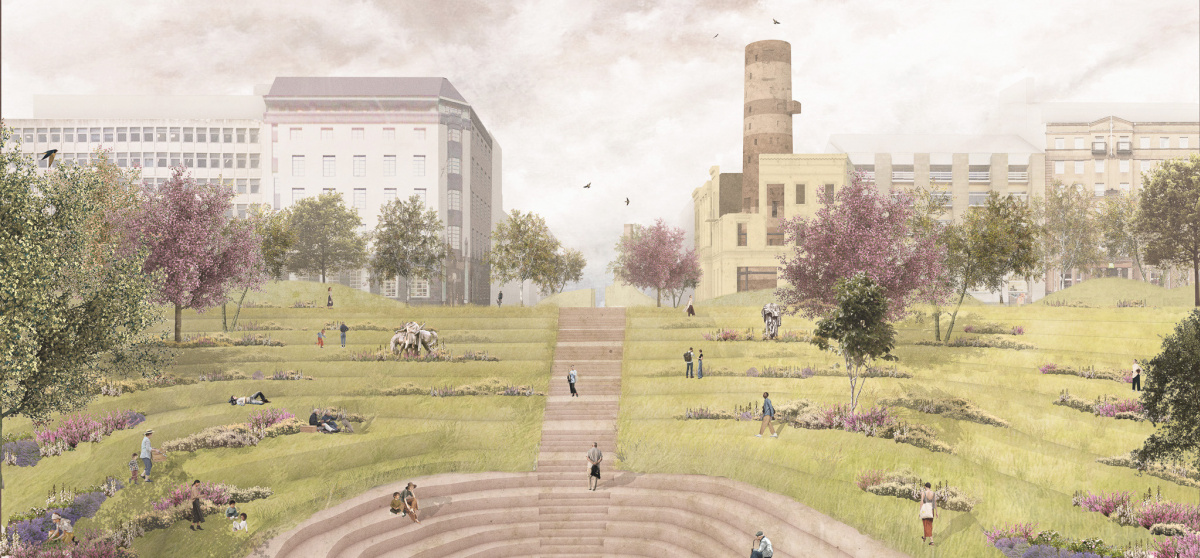
Render for New St Andrews Square
Kaitlin Smith, Jakub Prusak and Xinyi Lu
Unravelling (Auchincruive)
By Reem Al-Kabani, Roula Traboulsi and Kayla Bain
We are three students from Oman, Lebanon, and the Bahamas, and we undertook the ‘Sites Unseen’ design studio in our third year at the University of Edinburgh. We chose this studio as it provided us with the opportunity to uncover and expose hidden colonial histories of prominent architectural monuments in Scotland.
Our project worked with the themes of slavery, networks, and exploitation, where we first explored the Auchincruive Tea House, it’s representations of the wealthy White upper-class and the monument’s dark history in relation to the slave trade. We then researched a contemporary site of extraction, the FIFA 2022 stadiums in Qatar. Stadiums as monuments of wealth are contrasted with extraction of foreign labour and their poor living conditions. This will be utilised to address a region-wide issue of exploitative construction practices.
Finally, we designed an intervention at the site of the Auchincruive Tea House that celebrates immigrants and promote cross-cultural exchange in a collective landscape. A Centre for Diasporic Arts attempts to create a place of visitation and activity, where one can experience activities central to multiple cultures such as weaving and printmaking. The project symbolically reclaims the land and alters it to provide immigrants with a place of belonging. Furthermore, the proposal aims to develop non- extractive relationships with the landscape, where excavated earth is repurposed to create platforms for the pavilions. The Tea House, once a symbol of White upper-class power, is reclaimed and repurposed to visiting artisans’ residence. The proposal aims to place the visiting artisan in a place of honor where their craft is celebrated, and provide them with a living space inside a historical building with beautiful views to the estate.
As three women of colour we found that this studio enabled us to communicate our experiences and perspectives in a raw and unfiltered way. We always found that topics of race and exploitation were often narrated from a Eurocentric point of view, without considering individuals that are impacted by it. We each connected with a particular part of the project which made it more personal to us.
Kayla found that it was necessary to convey the horrors of the slave trade as she is a Black woman, and it is an instrumental part of her identity. She saw that exposing individuals that funded and profited from the de-humanization of Black people would aid in re-narrating that part of history.
Reem lives in the Middle East and witnessed the racism towards immigrant workers and in particular the exploitative employment practices. Individuals from countries such as India and Bangladesh are treated in sub-human ways, when in fact they make everyone’s daily lives possible.
Roula’s experience as a “Third culture kid”, who was born in one country, lives in another country, and parents originate from a third, was a key perspective in developing the design proposal. She found that the project provides a safe space immigrant feel accepted, celebrated, and enriches and transforms the blend of cultures into one landscape, into the activities that are central to all cultures alike.
We found that our collective experiences in our home countries and the unjustified acts of racism that we experience daily in our place of study, the UK, aided us in providing a genuine human element to this project. We wanted to take these negative experiences and re-envision them into a celebration of cultures and differences, as part of reclaiming our voices in a place where it is often left unheard.
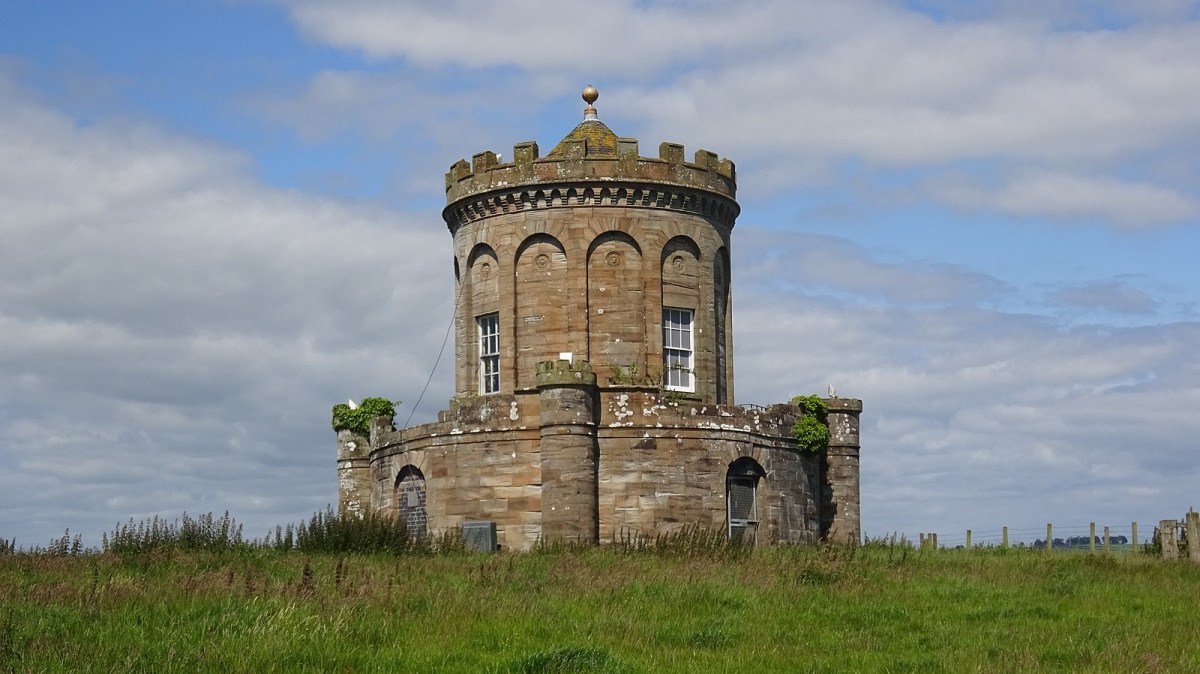
Auchicruive tea house
Source: Wikipedia
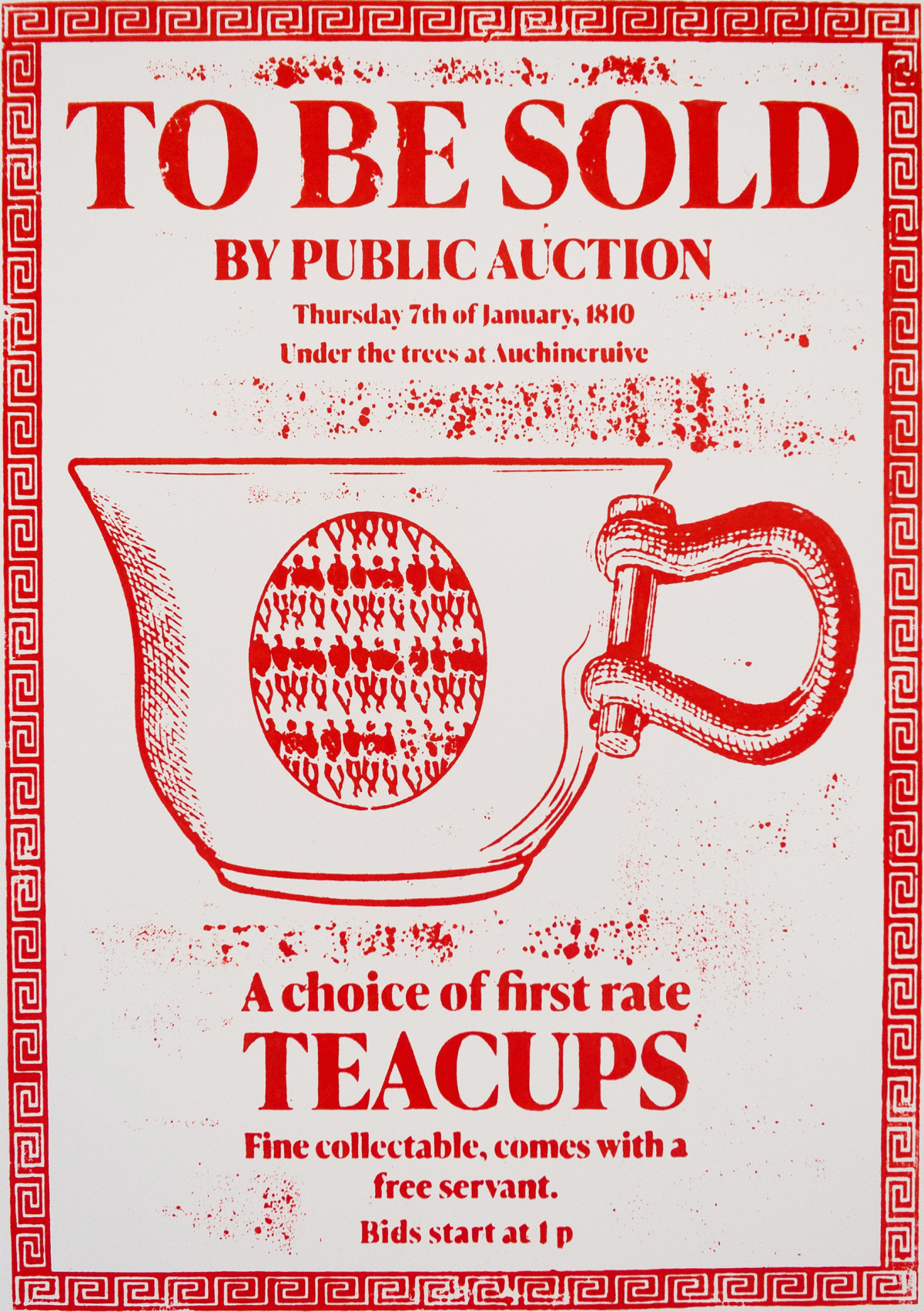
Poster in response to Auchincruive
Reem Al-Kabani, Roula Traboulsi and Kayla Bain
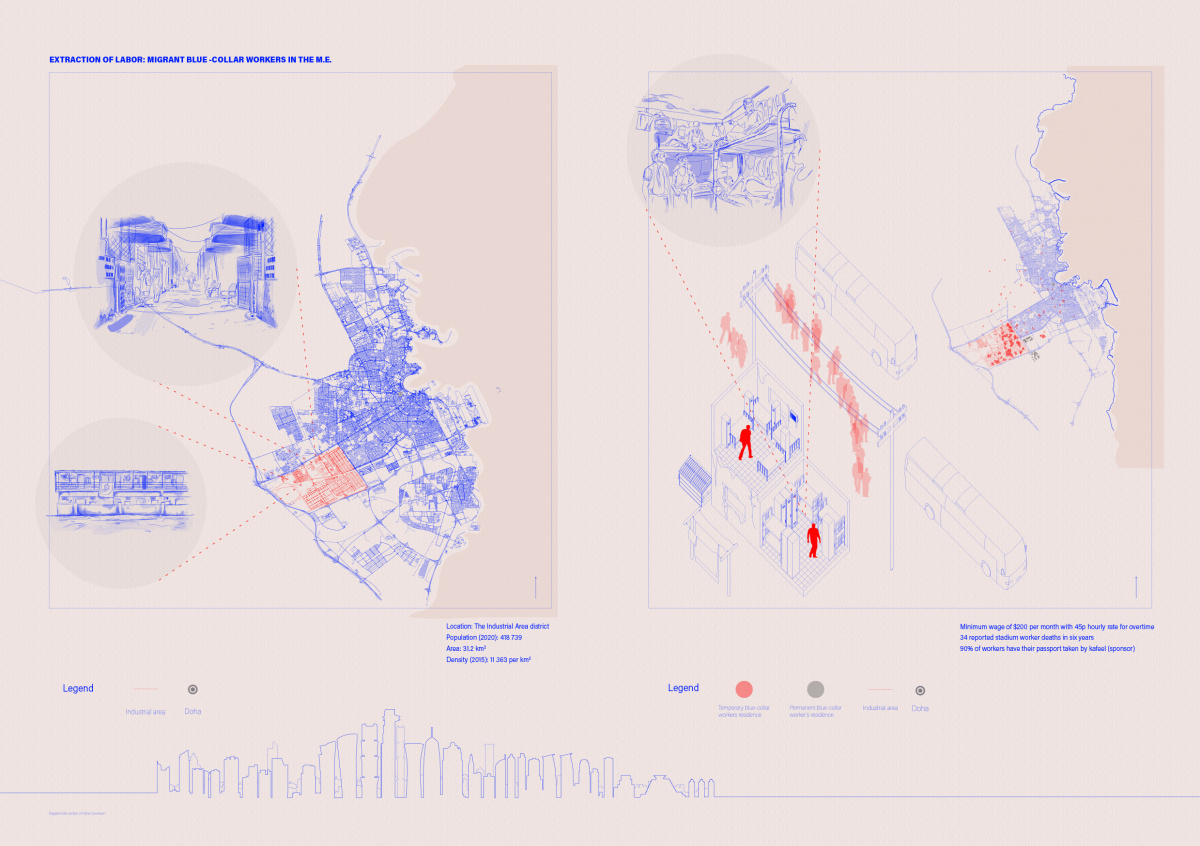
Analysis of migrant labour in Qatar
Reem Al-Kabani, Roula Traboulsi and Kayla Bain
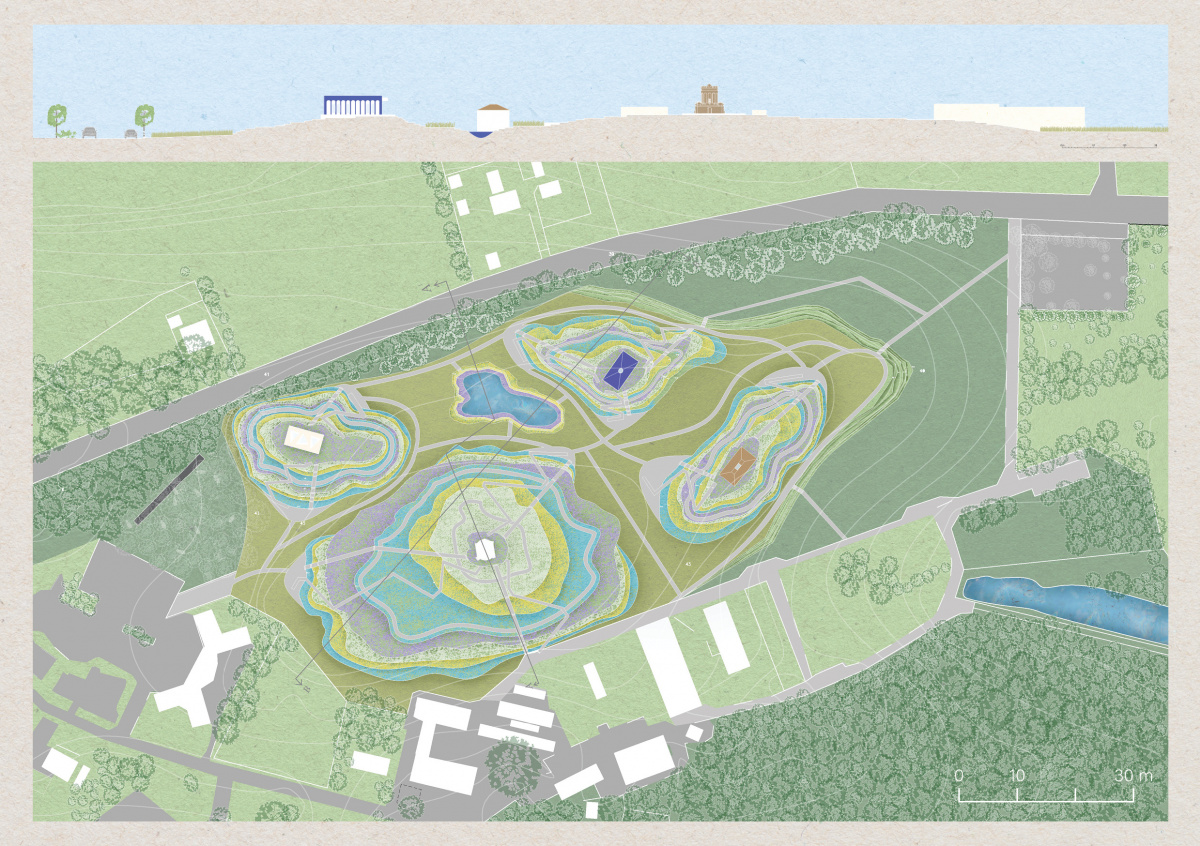
Reem Al-Kabani, Roula Traboulsi and Kayla Bain
19.06.2021